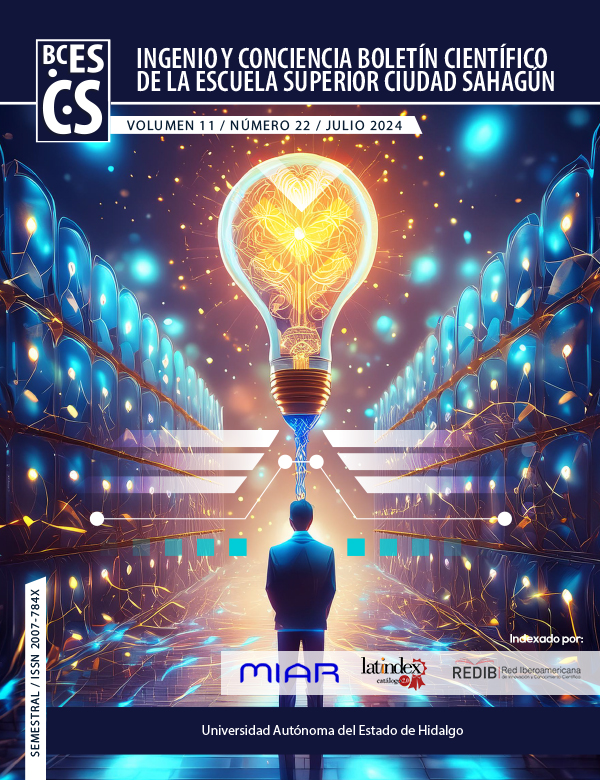Ball joints, lubrication and tribology
Abstract
The present project proposes to contribute to the reduction of faults due to lack of lubrication in the ball joints of vehicles, since currently one of the most common faults in the joints is wear due to lack of lubrication, often due to the fact that the ball joints are not a place of easy access and you cannot perform a visual inspection or the lubrication applied is not correct. The project consists of implementing an automatic lubrication system that allows the ball joint to be lubricated automatically, with this it is expected to increase the life time of the ball joint and reduce stoppages due to lack of lubrication.
Downloads
References
* Jacobson, B. (2000). Rolling Contact Phenomena. (K. J.J, Ed.) Recuperado el 10 de Noviembre de 2018, de https://link.springer.com: https://doi.org/10.1007/978-3-7091-2782-7_7
* Moscoso, J. P. (2004). Interpretación de análisis de aceite para la implementación de programas de mantenimiento en vehículos. Universidad Nacional de Ingenieria, Facultad de Ingenieria Química y Textil. Perú: Universidad Nacional de Ingenieria.
* SKF. (2001). Rótulas y cabezas de articulación SKF. (SKF, Ed.) Made by SFK, 1.
* SKF. (Julio de 2018). Lubricadores automáticos SKF. (G. S. 2017, Ed.) Lubricadores automáticos SKF, 15
* Stachowiak, G. W. (07 de June de 2017). How tribology has been helping us to advance and to survive. (S. o. Engineering, Ed.) Recuperado el 20 de Octubre de 2018, de Springerlink.com: https://doi.org/10.1007/s40544-017-0173-7
* Su, E. P. (2017). Global Tribology Summit Editorial. HSS Journal, 13(1), 1-1. Doi.org/10.1007/s11420-016-9534-4
Copyright (c) 2024 Justo F. Montiel Hernández, Edith Jiménez Muñoz, Yira Muñoz Sánchez , Carlos E. Borja Soto, Suly S. Pérez Castañeda , Mario O. Ordaz Oliver

This work is licensed under a Creative Commons Attribution-NonCommercial-NoDerivatives 4.0 International License.










